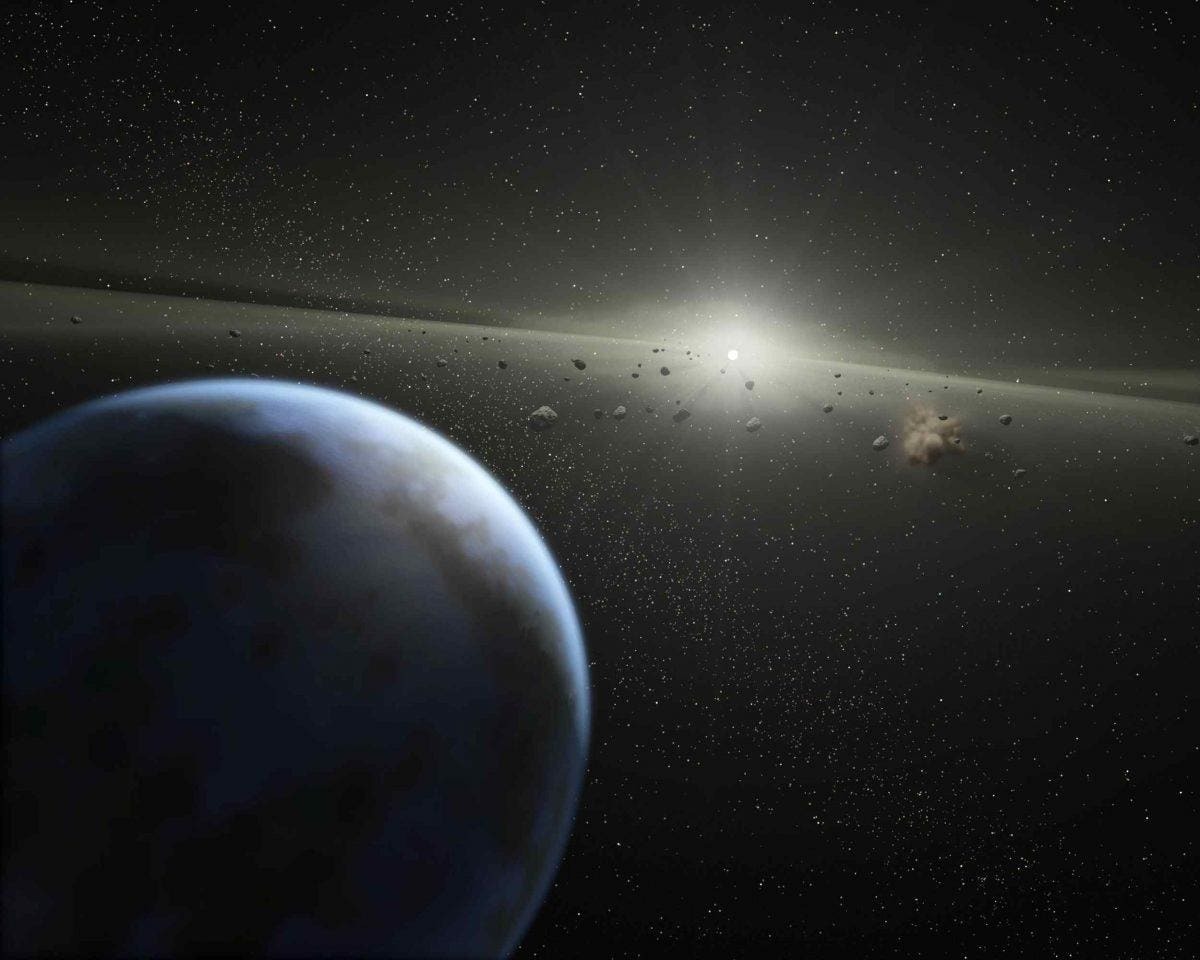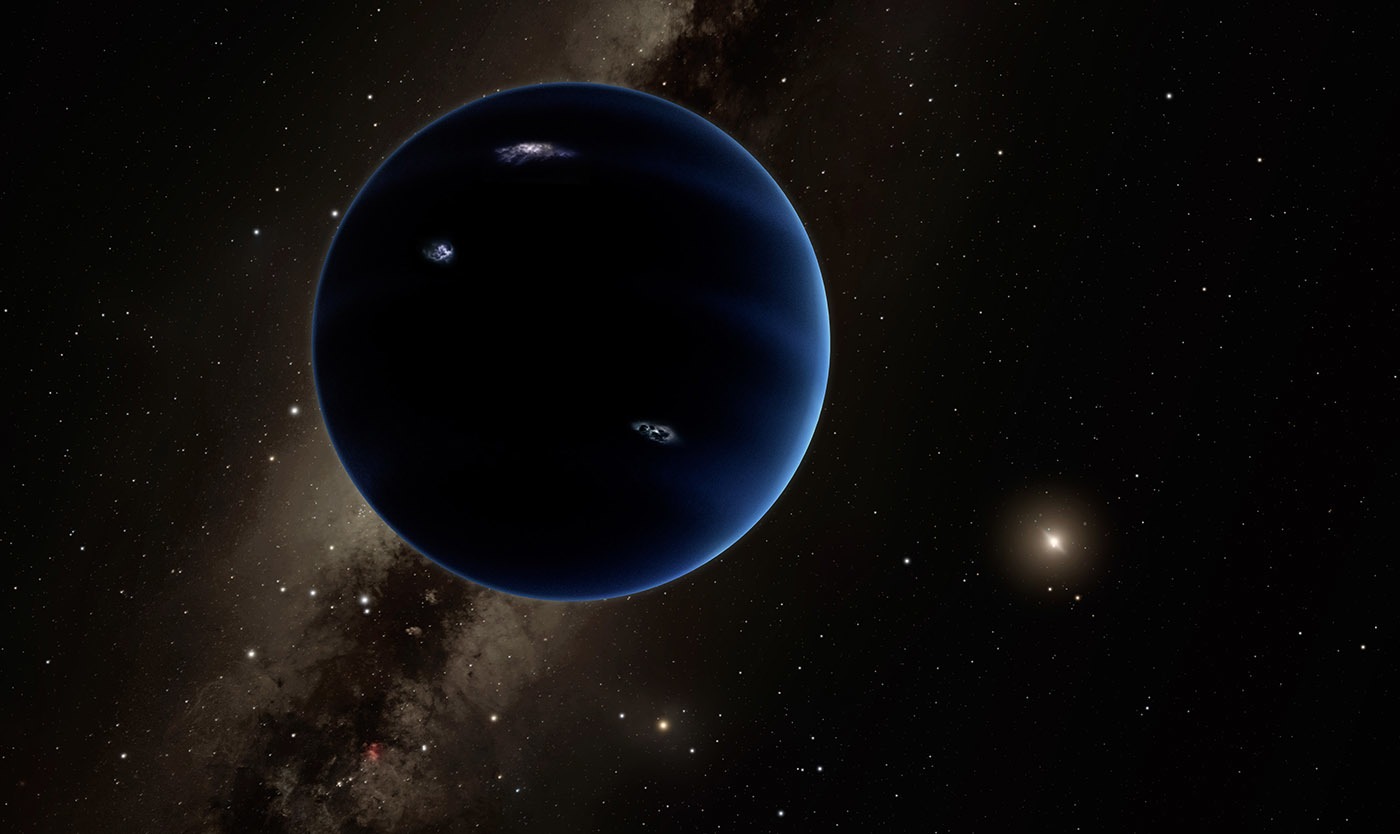The hunt for the mysterious ninth planet continues. New research has found fairly convincing statistical evidence for the existence of such a planet orbiting in the Solar System, far beyond the orbit of Neptune. This optimistic statement was announced by astronomer Konstantin Bogytin from the California Institute of Technology in an interview with The Independent. Previously, the scientist had already led numerous studies aimed at finding evidence of the existence of the ninth planet.

In their latest study, he and his team tracked the movement of trans-Neptunian Objects such as Pluto and Eris. The researchers analyzed objects that had previously been ignored due to their unstable motion caused by Neptune’s gravity. This made it difficult to interpret their trajectories, but the researchers decided not to give up.
The data were used in the simulation and compared with the known gravitational forces of other planets, stars and galactic inflow from the Milky Way. Two sets of simulations were conducted, one of which assumed the existence of the ninth planet, and the other did not.
“Accounting for observational biases, our results reveal that the orbital architecture of this group of objects aligns closely with the predictions of the P9-inclusive model,” the researchers write.
The movement of these trans-Neptunian Objects would be unlikely in the case when the ninth planet did not exist. However, according to the latest data, the presence of the planet is better consistent with existing observations of space.

According to calculations, the planet, which corresponds to the characteristics of the “ninth”, has a mass five times larger than Earth, and is located at a distance of 500 AU from the Sun. This means that it will be very difficult to observe it. But simulations can help reveal its presence and location.
However, the astronomer admits that there is still insufficient convincing evidence for the existence of the ninth planet. Previous attempts to detect it by studying its effect on other objects in the Solar System have been unsuccessful. But thanks to the advent of powerful telescopes, in particular the Vera Rubin Observatory in Chile, it can help solve the mystery. The researchers are looking forward to the results of future studies, hoping to test their assumptions.
Earlier, we reported on how there was only one place left in the Solar System to search for the ninth planet.
According to sciencealert.com
Follow us on Twitter to get the most interesting space news in time
https://twitter.com/ust_magazine


